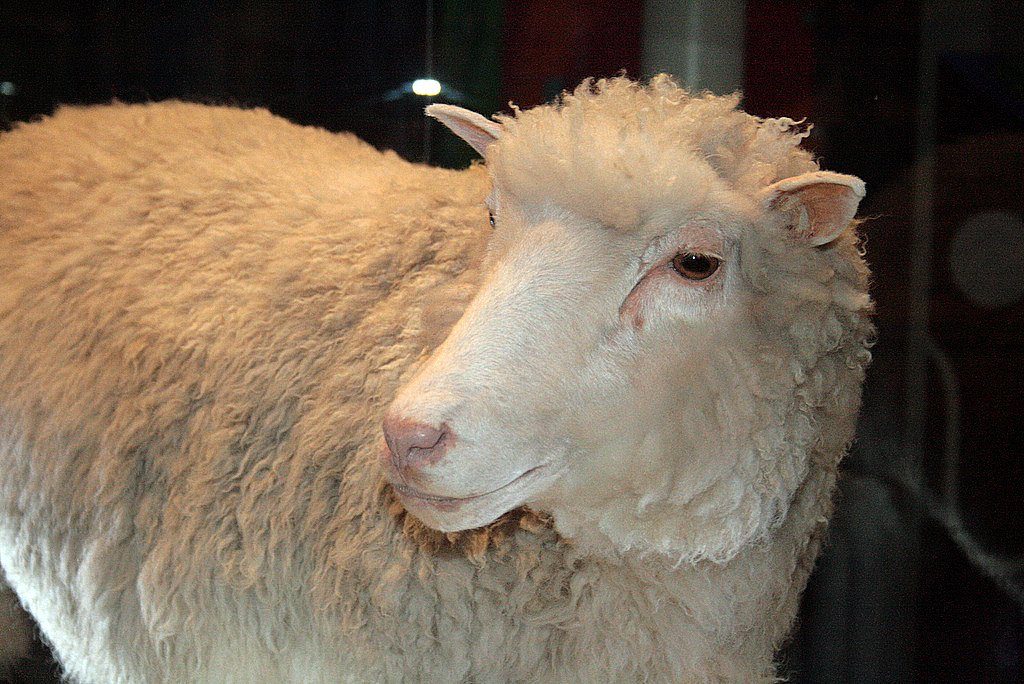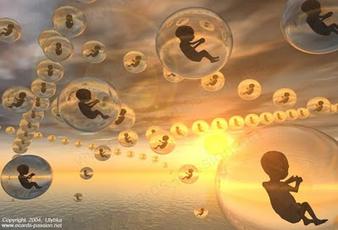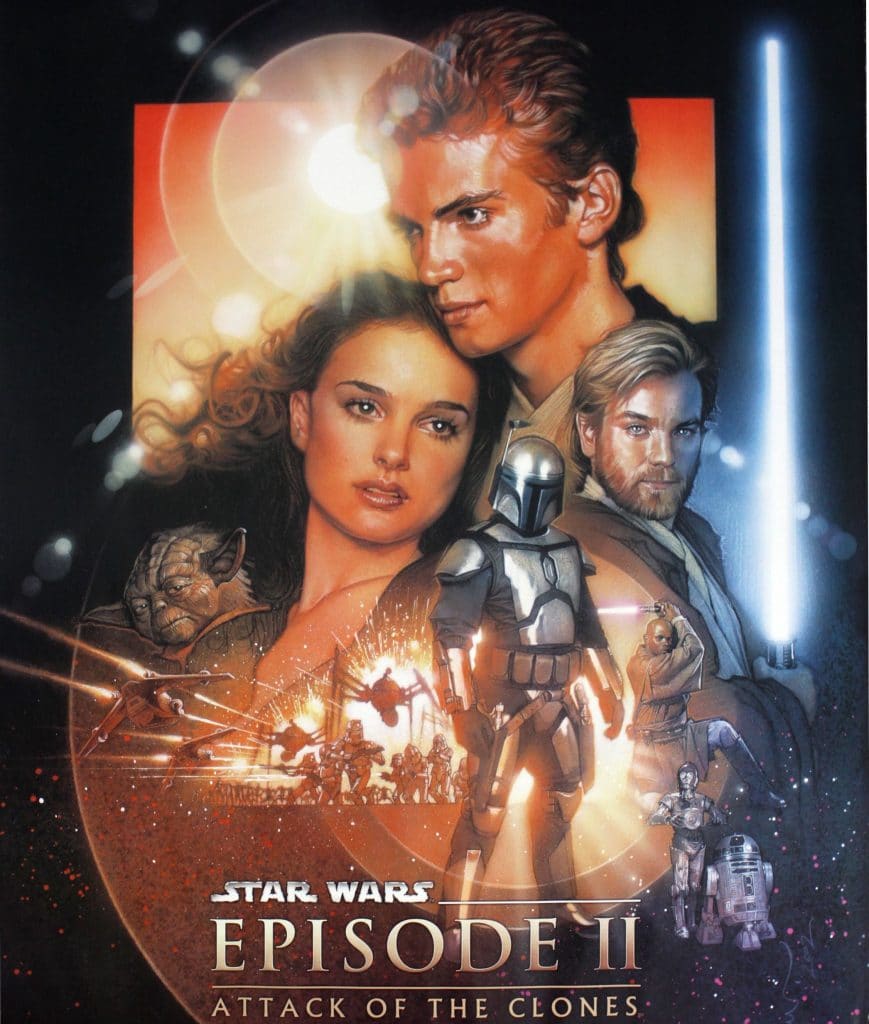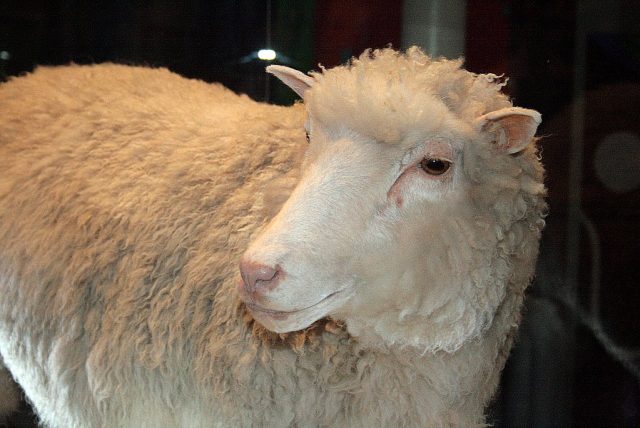
Cloning long lasting implications: How the idea of a cell reproducing itself into a whole being has influenced popular culture.
The fantasy of Jurassic Park may not be so far-fetched as it seemed when Steven Spielberg’s modern masterpiece was released.
The discovery last year of the fossilised remains of a Tyrannosaurus rex which was pregnant when it died, led scientists to believe they are a step closer to cloning one of the earth’s most feared predators (and perhaps most sensitive lovers).
It contained one of modern cinema’s iconic moments when the eye of the T-rex peered through the car window, looking for any hint of prey. The film spawned three sequels and a whole sub-industry which fed the ravenous desire of the movie-going public.
Over thirty video games have been released since the original Jurassic Park was released. The film has become firmly entrenched in pop culture and fashion with t-shirts and all manner of paraphernalia manufactured down the years.
Inevitably, theme parks got in on the act with Universal including rides of the same name at their sites, while in Japan there is a park devoted to the movies. Other parks ratcheted up the presence of dinosaur attractions but as technology becomes more prevalent, the franchise endures with apps and slots games, such as Jurassic Park hosted at Betway Casino.
Dinosaurs hold a particular fascination for most people. Children love the notion of their existence which never really dies out in adulthood. With regular excavations of fossils, there is a seemingly unending supply of news stories to keep the giant lizards firmly in our minds.
2016’s revelations are the more palatable side of the cloning debate. There’s a fantasy element which seems quite detached from reality the obvious risk of cloning a creature whose primary instinct is to hunt. The film Godzilla offers a hint of the mayhem which might ensue, as did this adventurous vacation back in 2011.
Unless, of course, there is a dinosaur equivalent of Barbara Woodhouse to train the cloned dinosaurs to “Sit!” or get ready for “Walkies!”

Hello Dolly
The flippancy masks serious issues about cloning human beings. Dolly the sheep was the first step down that path while stem cell research offers an insight in the problems surrounding the science.
Dolly wasn’t a resounding success. The process used 277 eggs with just one surviving through to full term. It underlines the precarious nature of cloning mammals.
Human cloning is some way off. The technology is not yet safe enough to take the science through to a conclusion.
The ethics produces powerful arguments against full cloning of humans. Even the lesser level of stem cell research has caused strident arguments.
Literature offers us damning visions of the impact of cloning on society in the future. Aldous Huxley’s Brave New World disguises cloning as ‘Bokanovsky’s Process’. Human beings are produced in ‘hatcheries’, given a specific caste which dictates their role in society.
It’s a fairly standard concept for the dystopian world of the year 2540. One of the United Nations objections to cloning is on the basis that it denies the clone the right to self-determination. Fundamentally, their future is mapped out due to the genetics of another being.
Huxley’s protagonists, Marx and Watson, end up in exile from the World State Society because of their free – ‘anti-social’ is the phrase the author used – thinking. The U.N.’s objections to cloning are disregarded on the path to conformity.
Most typically in popular culture, cloning is used for nefarious ends. The Hitman franchise provides an army of barcoded assassins, with the presumption of cloning while the X-Files covered the topic in the episode entitled, Eve.

The most famous franchise of the lot, Star Wars, had two bites at the cloning cherry with Episode II – Attack of the Clones, as well as the animated series, The Clone Wars. A planet of clones produced for war? I wonder what the famous Star Wars kid of yesteryear, would have to say if he too, got the cloning treatment?
Whichever way it is covered there is more than one ne’er-do-well involved. The innocence and scientific nobility of John Hammond in Jurassic Park is rarely matched elsewhere.
That escapism while highlighting the potential dangers of dinosaurs roaming the earth, had a powerful fantasy element. The reality of a cloned future from other minds is somewhat less appealing. Forgive me if I prefer my clones through the imaginations of others.








